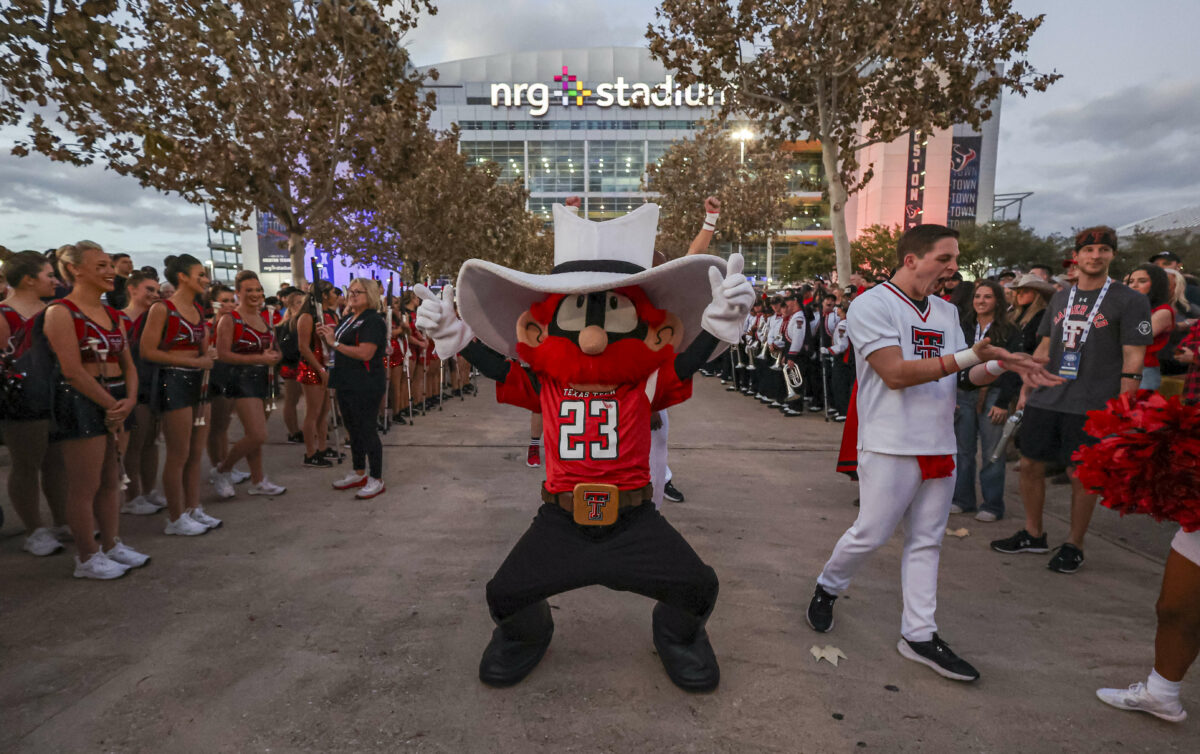Name, Image, and Likeness (NIL) Collectives seem to be big businesses in the college sports ecosystem. Some are even forming tax-exempt 501(c)(3) organizations. These tax-exempt organizations have certain filing requirements depending on the gross receipts they generate. Most of these organizations must file a Form 990 with the IRS. See more about this here.
Form 990 is due on the 15th day of the 5th month following the end of the organization's taxable year. For organizations on a calendar year, the Form 990 is due on May 15th of the following year.
It’ll be like NIL Collectives Christmas 😈😂 https://t.co/FM7fNtuDi9
— 𝑨𝒍𝒆𝒙 𝑺𝒊𝒏𝒂𝒕𝒓𝒂 𝑬𝒔𝒒. (@YourPotential4) March 8, 2023
This is a step-by-step guide on how to search for these forms once they have been filed and made public.
For this example, let’s use the West Texas Matador Club, Inc., which is a Texas nonprofit corporation doing business as The Matador Club. Their mission is “helping Texas Tech student-athletes make a positive impact with their name, image, and likeness.”
Step 1: Head to the IRS website and search the legal name of the collective.
In this case, while the collective does business as The Matador Club, their website indicates their legal name is West Texas Matador Club, Inc.

Step 2: Click on the correct entity you want to review.

Step 3: Once the entity has filed their documentation, it should be available for download.
Step 4: For now, you can review the determination letters of collectives.
These letters indicate whether or not the collectives was approved for 501(c)(3) status and informs you which of the 11 deductibility codes they applied. The Matador Club was given the code of a public charity and approved for tax-exempt status. However, these organizations can easily lose their status, read more here.

They are also required to file either a Form 990, 990 E-Z, or a 990-N depending on the amount of their gross receipts.
As Form 990s start rolling in, it will be interesting to follow along and see which collectives are bringing big donor money and which are merely scraping by with donations.
**Disclaimer: This is not tax or legal advice and should not be taken as such. It is merely for educational purposes.**
